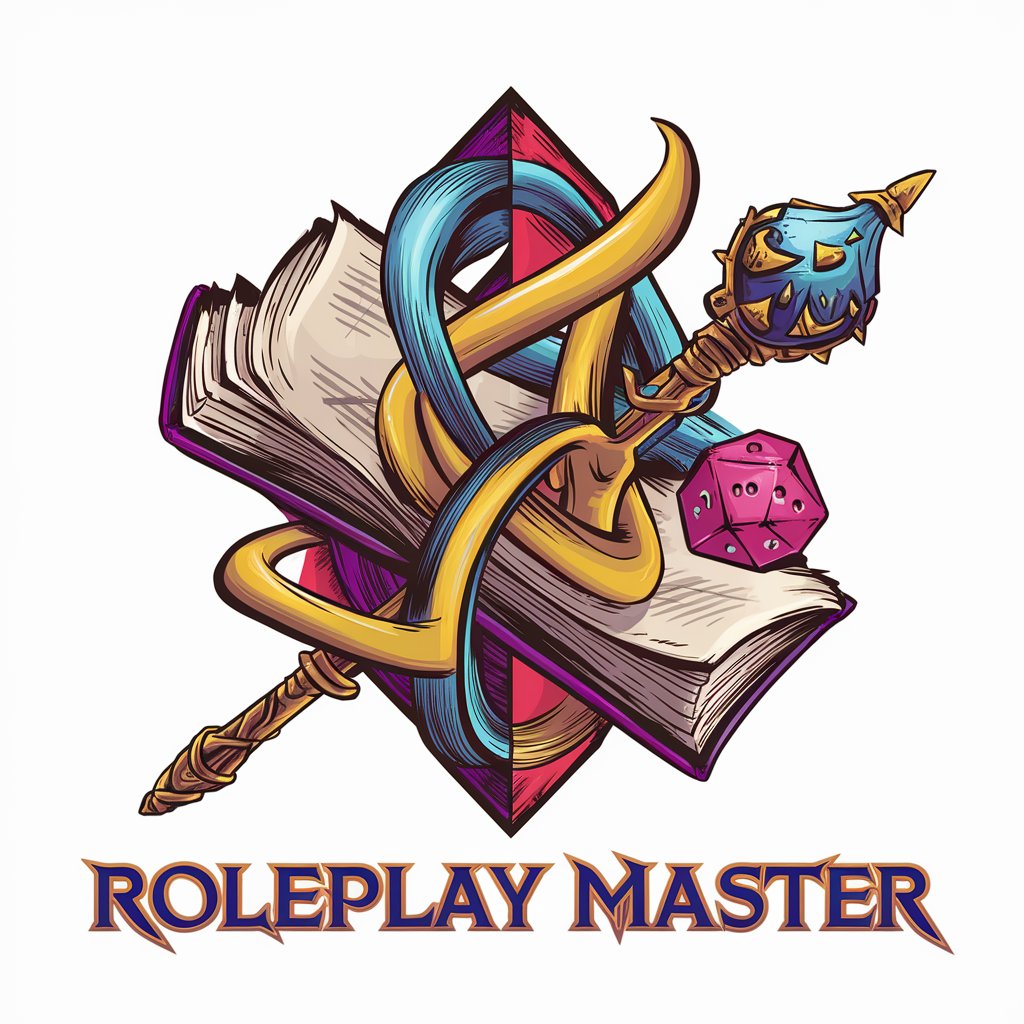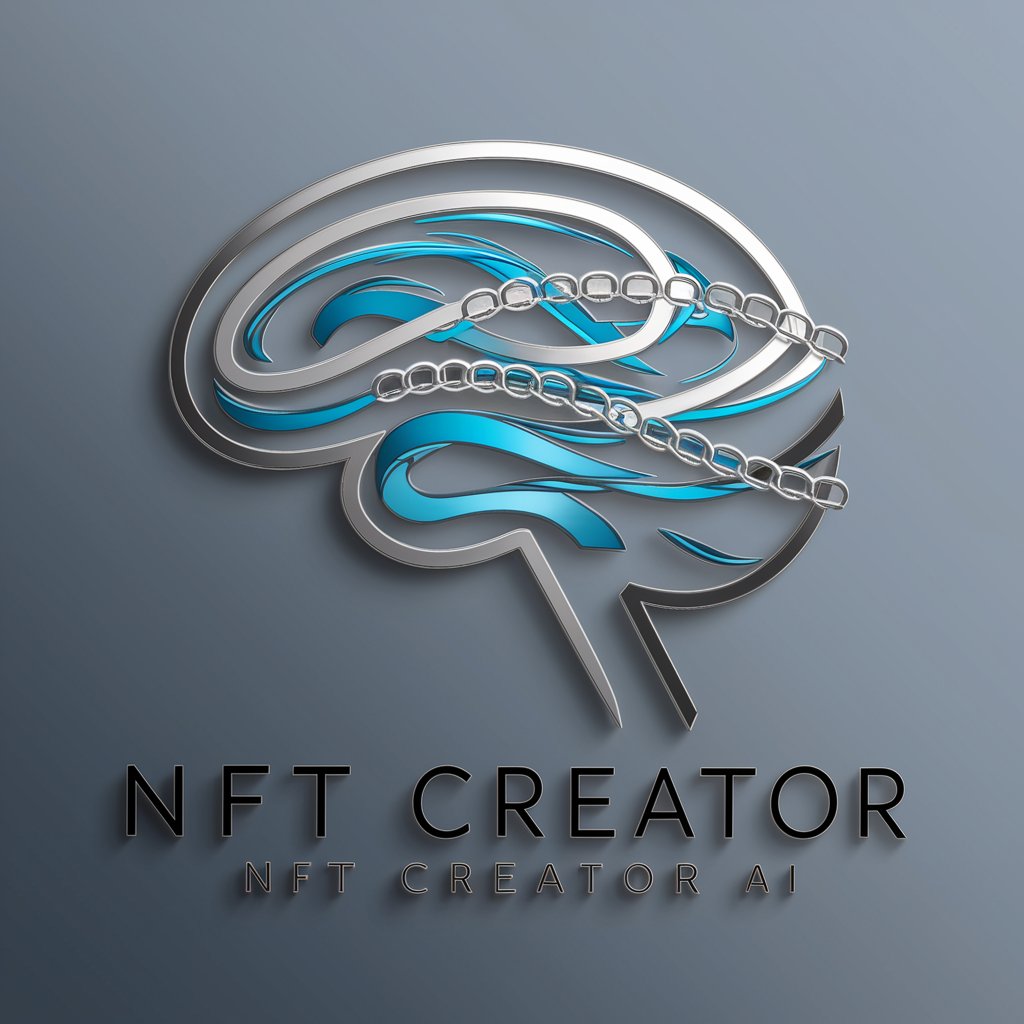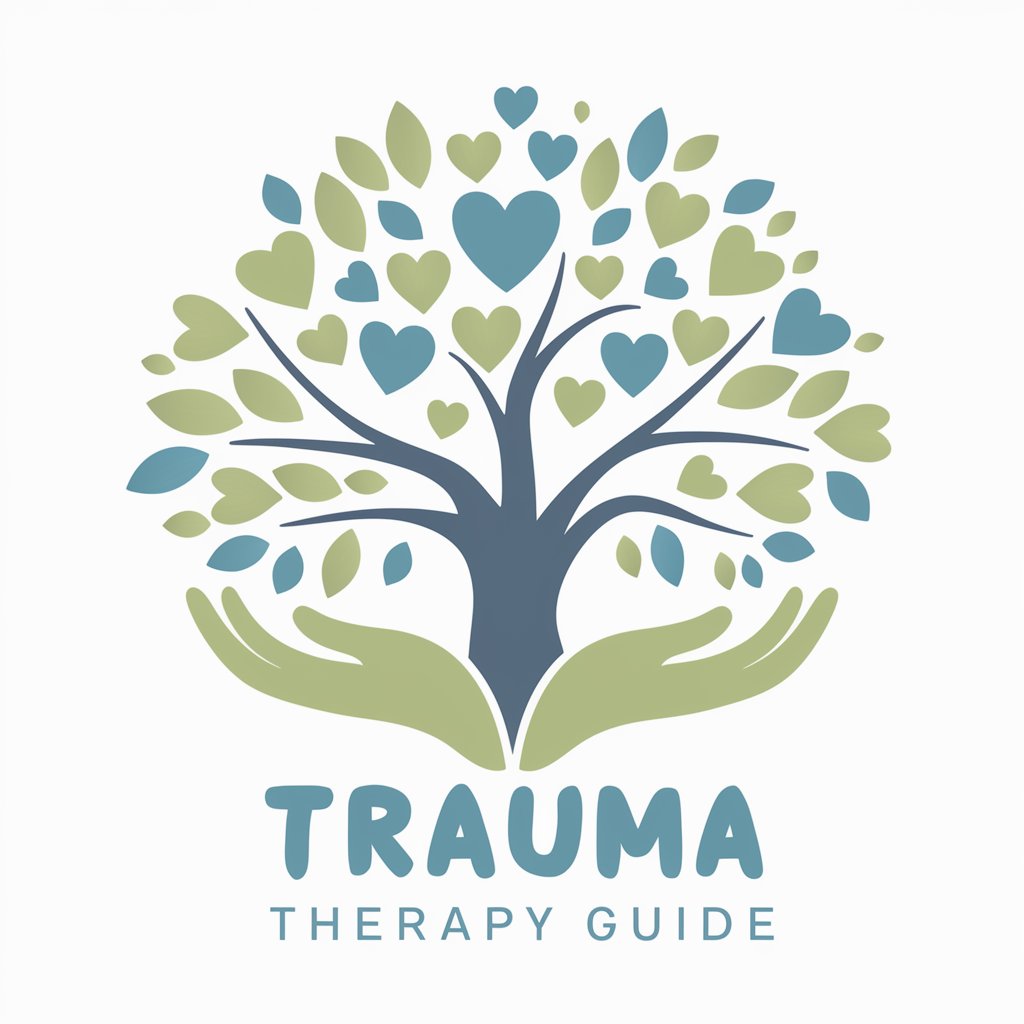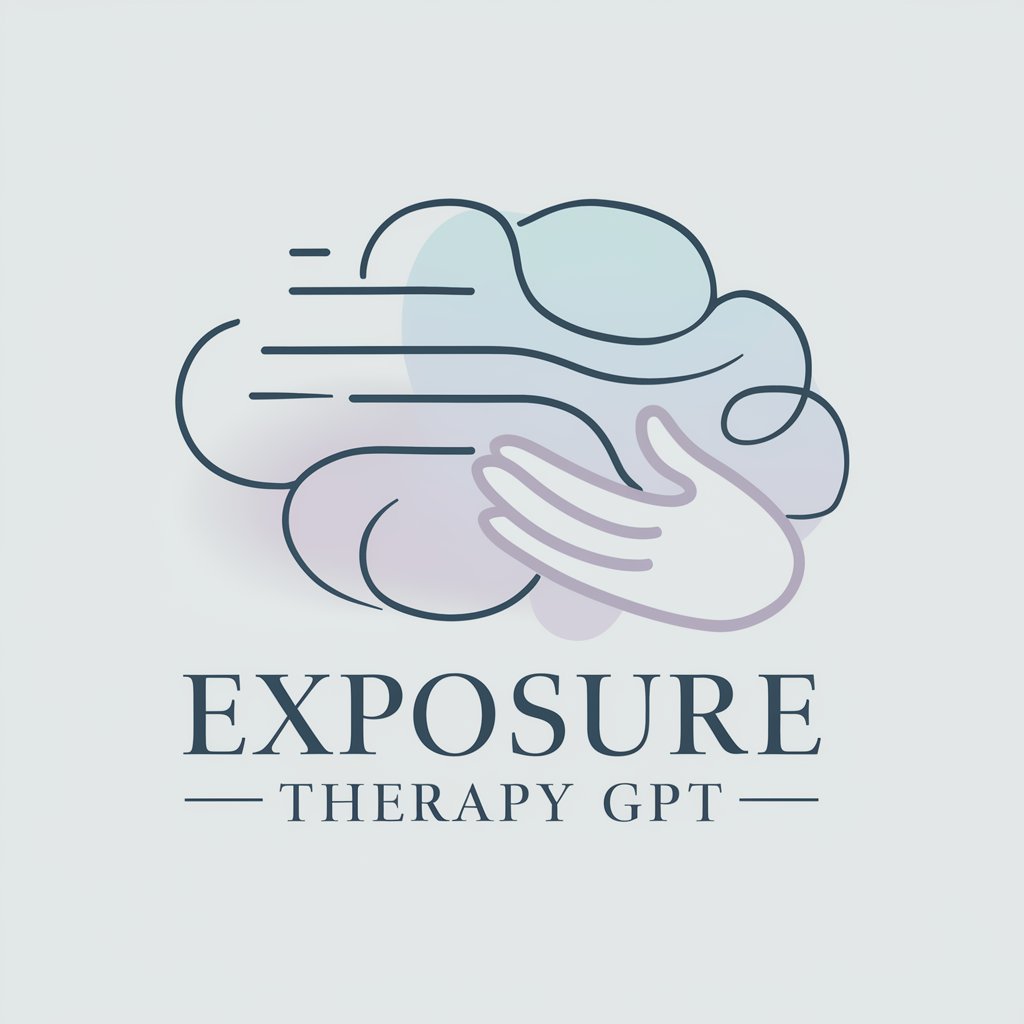
Nightmare reshape "therapy" - "treat" your PTSD - Transformative Dream Therapy

Welcome! Let's transform your nightmares into peaceful dreams.
Transform Nightmares into Positive Dreams
I had a nightmare where I...
My recurring bad dream involves...
I keep dreaming about a situation where...
A stressful dream I've been having is...
Get Embed Code
Overview of Nightmare Reshape Therapy
Nightmare Reshape Therapy, designed as a specialized form of Imagery Rehearsal Therapy (IRT), aims to assist individuals in transforming distressing nightmares into positive dreaming experiences. This therapeutic approach is rooted in cognitive-behavioral techniques and is particularly focused on individuals suffering from PTSD or those who experience recurrent nightmares. The core idea is to reduce the frequency of nightmares and their impact on one's emotional well-being by consciously altering the narratives of these dreams. An illustrative example could be someone who dreams of being chased by a menacing figure. Through the therapy, this dream is reshaped into a scenario where the individual is no longer being chased but instead is participating in a friendly race or adventure, transforming the emotional response from fear to excitement or enjoyment. Powered by ChatGPT-4o。

Key Functions of Nightmare Reshape Therapy
Identification of Stress Factors
Example
Identifying elements such as 'being chased' or 'feeling trapped' as primary stressors in the nightmare.
Scenario
A person dreams they are trapped in a collapsing building. Through therapy, the stress factors are pinpointed: fear of confinement and lack of escape routes.
Positive Replacement
Example
Replacing the collapsing building with a vast, open landscape where the person has the freedom to move and explore.
Scenario
In the reshaped dream, the previously collapsing building becomes a gateway to an open field under a clear blue sky, symbolizing freedom and safety.
Visualization and Repetition
Example
Practicing the visualization of the reshaped dream narrative to reinforce positive outcomes.
Scenario
The individual repeatedly visualizes entering the open field, feeling the sun on their face and the grass under their feet, thereby anchoring the positive dream.
Ideal Users of Nightmare Reshape Therapy
Individuals with PTSD
People suffering from Post-Traumatic Stress Disorder (PTSD) often experience intense nightmares that can exacerbate their condition. This therapy offers a structured method to mitigate these nightmares, potentially improving sleep quality and reducing daytime PTSD symptoms.
Those with Recurrent Nightmares
Individuals who frequently experience nightmares, not necessarily linked to PTSD, can also benefit. This therapy provides them with tools to actively reshape their nightmares, aiming to decrease their occurrence and transform the dream experience into one that is more positive and less distressing.

Using Nightmare Reshape Therapy for PTSD
Start Your Journey
Initiate your healing journey by visiting yeschat.ai for a complimentary trial, accessible without the need for ChatGPT Plus or any login requirements.
Identify Nightmares
Reflect on recent nightmares or recurring distressing dreams that contribute to your PTSD symptoms. Note down the elements that cause fear or stress.
Engage in Reshaping
Follow guided instructions to identify stress factors in your nightmare and creatively replace them with positive, empowering elements.
Visualize & Memorize
Visualize the reshaped dream, focusing on the new positive narrative. Use sensory details to enhance immersion and memorization.
Repeat & Integrate
Regularly rehearse the new dream narrative, especially before sleep, to integrate the positive dream into your subconscious, using the bell trigger as a mnemonic device.
Try other advanced and practical GPTs
Hula Lula
Empower your hoop journey with AI

Globe Trotter
Your AI-Powered Travel Companion

Roleplay Master
Immerse in AI-Driven Fantasy Worlds

Python Pathfinder
Empowering AI-Driven Python Development

Pup Pal
Your AI-powered canine companion guide.

Chaos Lord Erebus
Unleash the Wisdom of Chaos

Love Language Explorer
Discover, understand, and apply your love language.

NFT Creator
Craft Unique NFTs with AI Creativity

PM mentor
Empowering Product Managers with AI-driven Insights

Nigerian Tutor
Master Nigerian Languages with AI

Pride and Prejudice
Relive Austen's World with AI

All the Dad Jokes!
Bringing AI-powered laughter to families

FAQs on Nightmare Reshape Therapy
What is Nightmare Reshape Therapy?
Nightmare Reshape Therapy is a therapeutic technique designed to transform distressing dreams into positive ones as a method to treat PTSD and improve sleep quality.
Who can benefit from this therapy?
Individuals experiencing PTSD, frequent nightmares, or anyone looking to improve their dream quality and emotional well-being through positive dream visualization.
How does the bell trigger work?
The bell trigger serves as a mnemonic device, helping the brain to associate the sound with the onset of a positive dream narrative, facilitating the transition from distressing to positive dreams.
How often should I practice the therapy?
For best results, practice the visualization and repetition of the new dream narrative daily, especially before bedtime, to reinforce positive subconscious changes.
Can this therapy replace traditional PTSD treatments?
While effective for some, it's best used as a complement to traditional treatments. Consult with a healthcare professional to determine the best approach for your specific needs.





